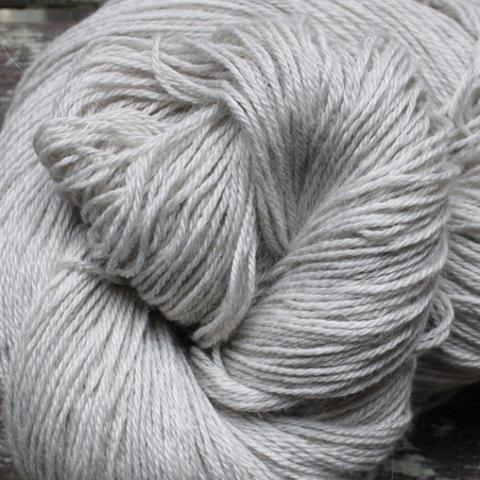Understanding the Various Kinds Of Cashmere a Natural Fiber and Their One-of-a-kind Benefits

The Beginnings of Cashmere: A Historical Introduction
While the lavish touch of cashmere remains to appeal modern-day consumers, its beginnings map back to the severe, cool environments of Mongolia and the Himalayas. For centuries, the aboriginal individuals of these regions have been increasing Capra Hircus goats, the prime resource of cashmere woollen. These goats, resilient against the serious winters months, expanded a fine undercoat to make it through, which later on ended up being called cashmere. The name itself pays tribute to Kashmir, a region in India where the woollen was at first refined. Much of the early cashmere trade route was assisted in by the Silk Roadway, connecting Asia with the Middle East and Europe. In spite of its global spread, the finest cashmere is still thought to originate from the initial areas of Mongolia and the Himalayas.

The Manufacturing Refine: From Goat to Garment
Shearing a Capra Hircus goat marks the beginning of the complex cashmere manufacturing process. The resultant raw cashmere is then cleaned to remove pollutants such as dust, grease, and vegetable matter.
The clean fiber undergoes coloring, rotating, and weaving, or knitting, to transform it into a material. Facility procedures like high quality control checks and finishing processes follow, making sure completion product maintains the glamorous requirement anticipated of cashmere. This meticulous process, from goat to garment, justifies the high expense affixed to cashmere items, making them a sign of luxury and refinement.
The Different Types of Cashmere: An Extensive Evaluation

The Distinct Advantages of Cashmere: Convenience and Sustainability
Moving from the variety of cashmere types to the advantages they use, comfort and sustainability stand out plainly. more tips here Cashmere, an all-natural fiber, is renowned for its unequaled softness, offering a level of convenience that artificial fibers can not match.
When it pertains to sustainability, cashmere is sustainable and biodegradable, as it's harvested from cashmere goats who regrow their coats every year. what is cashmere. Unlike synthetic fibers which blog can take centuries to decompose, cashmere's effect on the setting is very little. This mix of convenience and sustainability makes cashmere a helpful option for conscious customers

Caring for Your Cashmere: Upkeep and Conservation Tips
While cashmere is definitely a lasting and luxurious selection, it requires particular treatment to keep its quality and extend its life expectancy. To start, cashmere must be hand washed making use of cold water and a light cleaning agent. Cashmere things should be kept in a awesome and completely dry area, away from straight sunlight and dampness.
Spending in Cashmere: Understanding Its Value and Well Worth
Although cashmere might originally look like an expensive investment, its long-term value and worth come to be evident when you consider its remarkable qualities. Known for its unequaled softness and heat, cashmere is a costs natural you could check here fiber that outshines various other materials. Its high demand and minimal supply contribute to its high rate, yet its sturdiness guarantees it lasts for many years, using outstanding worth for cash. Cashmere items are ageless, commonly becoming treasures passed down via generations. what is cashmere. Furthermore, its all-natural shielding buildings give heat without the bulk of artificial fibers. Spending in cashmere, for that reason, is not nearly current style patterns, but concerning accepting a sustainable, durable, and extravagant lifestyle.
Conclusion
In recap, the kind of cashmere one chooses, be it Mongolian, Chinese, or Italian, is dictated by individual preferences for warmth, sustainability, budget plan, and high-end. Understanding the origins, production process, and unique benefits of different types of cashmere can guide customers in their financial investment in this elegant natural fiber.
Whether it's the remarkable warmth of Mongolian cashmere, the affordability of Chinese cashmere, or the eco-conscious production of Italian cashmere, there's a tale to be found behind each fiber kind. Cashmere, an all-natural fiber, is renowned for its unequaled soft qualities, giving a degree of convenience that artificial fibers can not match.When it comes to sustainability, cashmere is eco-friendly and biodegradable, as it's collected from cashmere goats who regrow their layers yearly. Known for its unmatched softness and warmth, cashmere is a costs natural fiber that exceeds other products. Comprehending the origins, manufacturing procedure, and distinct advantages of different kinds of cashmere can direct customers in their investment in this lavish all-natural fiber.
Comments on “How to Look After Your cashmere Garments and Keep Them Fresh”